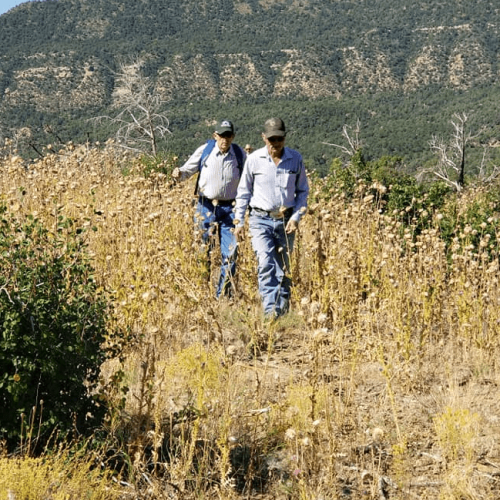The weed program’s goal is to provide noxious weed management utilizing the following practices:
As a landowner, you take pride in your property and have an obligation to both yourself and your neighbors to manage noxious weeds on your land. Noxious weeds crowd out native species and take over native ecosystems, which causes unsightly weed infestations and degrades the value of your property.
If an infestation is caught in the early stages, it can be relatively inexpensive to control and possible to eradicate entirely. If left untreated a small infestation can spread and displace native plants; leaving a land that is degraded, has a lowered property value, and is very costly to treat. Often, it takes several years of repetitious treatment to manage a weed infestation.
Try this Weed Identification Tool from the Colorado Weed Management Association.
Designated for eradication. Click here to download the list
Montezuma County Noxious Weed List
List A Species
(species that are in BOLD are species known to be in Montezuma County)
Noxious Weed List A Species Management Requirements
List B Species:
Designated for control and suppression on all lands within Colorado.
(species that are in BOLD are species known to be in Montezuma County).
Noxious Weed List B Species Management Requirements
List C Species:
Recommended for control and suppression on all lands within Colorado.
(species that are in BOLD are species known to be in Montezuma County).
If you see noxious weeds on any Montezuma County road and can correctly identify the species, fill out the form below

Phone: (970) 565-0580